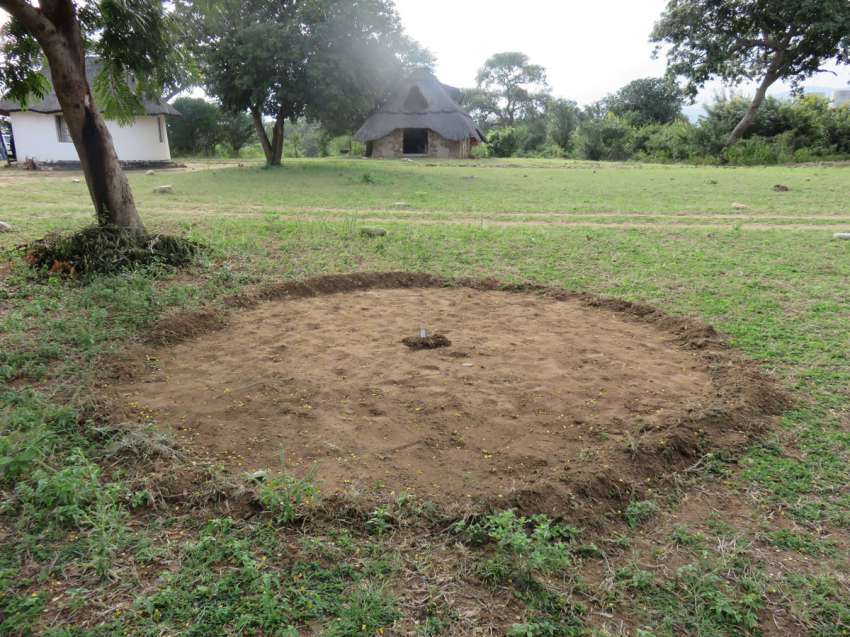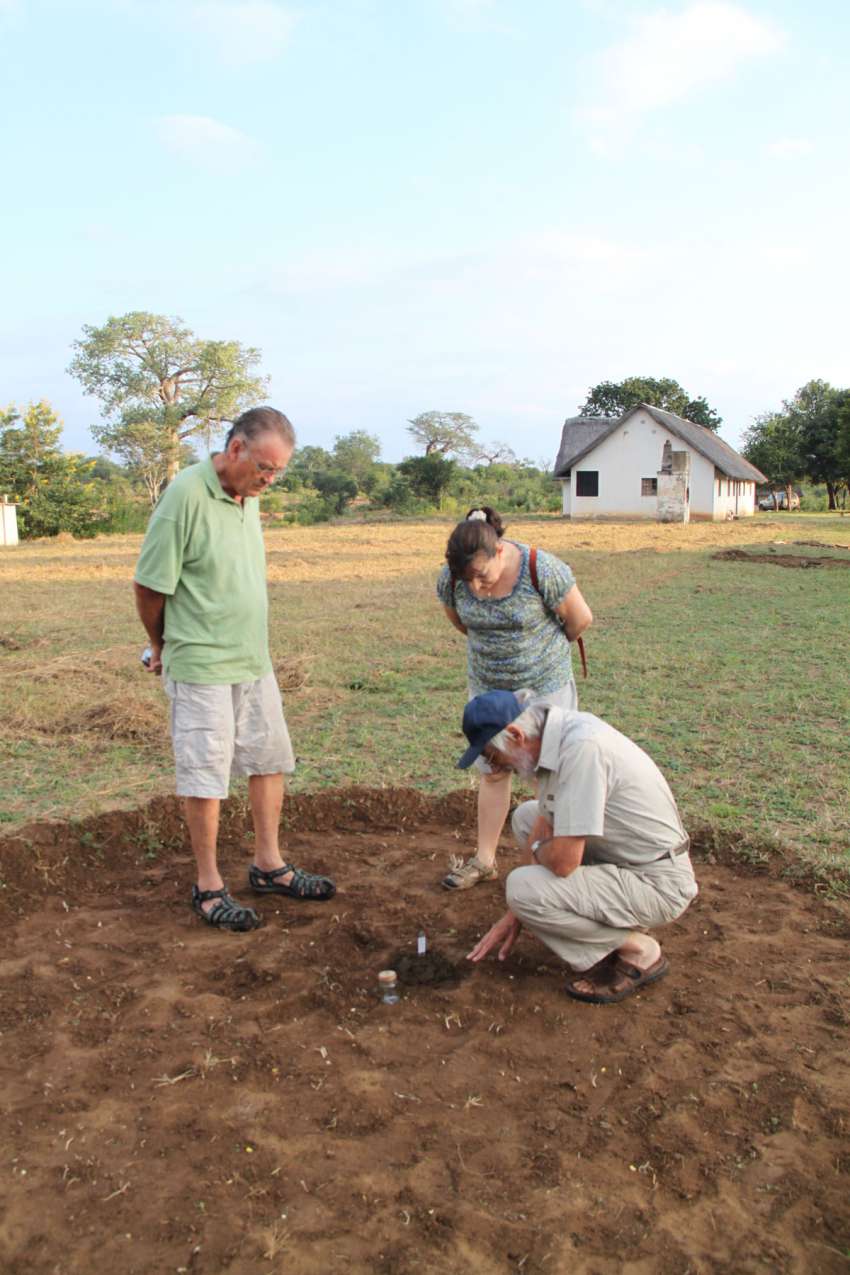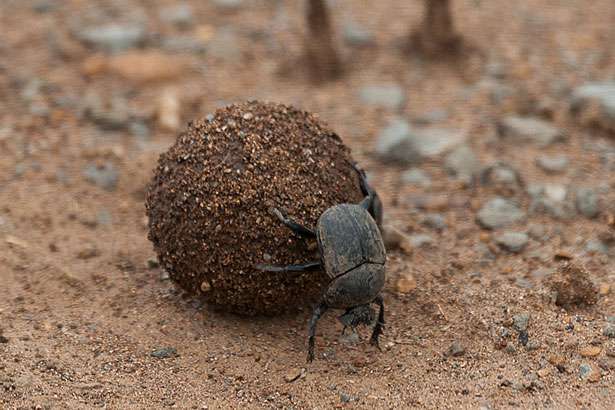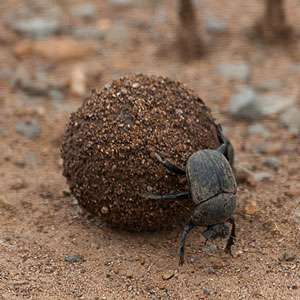Restricted application of insecticide on cattle provides more cost-effective tsetse control and causes less damage to important dung fauna
March 21st, 2016
Recent models predict that tsetse flies will respond to climate change by shifting their range, thus posing new risks to humans and livestock in previously unaffected areas. The cheapest and most convenient way to control tsetse populations in agricultural areas is to apply pyrethroid insecticides to cattle. However, these insecticides can be extremely detrimental to the important dung fauna which break down cattle pats and increase soil productivity. A study conducted by Team D, and recently published in PLoS NTD, has addressed a solution to this dilemma: how to control tsetse without collateral damage to dung fauna?
Glyn Vale and his colleagues conducted experiments at Rekomitjie Research Station, Zimbabwe, to test whether the harmful effect of insecticides can be reduced by changing the insecticide formulations and by restricting treatment to those parts of the cow on which the fly feeds most, i.e, the belly and legs. The researchers gave various insecticide treatments to cattle, and collected the dung produced by the animals for up to 16 days after treatment. Artificial pats were made from the dung, and the number of dead beetles found in and near them was recorded. Results confirmed that insecticides can be bad news for dung beetles, with mortality rates as high as 30%. This is mainly due to contamination of the dung from insecticides near the anus region, or when cows ingest the chemicals by licking themselves. By restricting insecticide treatment to the legs and belly of the cow, and by using dips or sprays instead of pour-on applications, mortality of dung beetles dropped to negligible levels, i.e., less than 1%. Moreover, there was the associated benefit that the reduced demand for active ingredient and the relative cheapness of spray and dip formulations, meant that insecticide costs were reduced by about 80%.
So, we have at least some good news at a time when headlines on climate change and vector-borne diseases are often grim. Tsetse control in many of the settled places to which tsetse are expected to extend can be made both more cost effective and less damaging to important dung fauna. This study highlights how the combination of research across disciplines – here, the ecology of dung beetles and the biting preferences of tsetse flies – can lead to cheaper and environmentally safer methods of vector control.

Experimental pat


